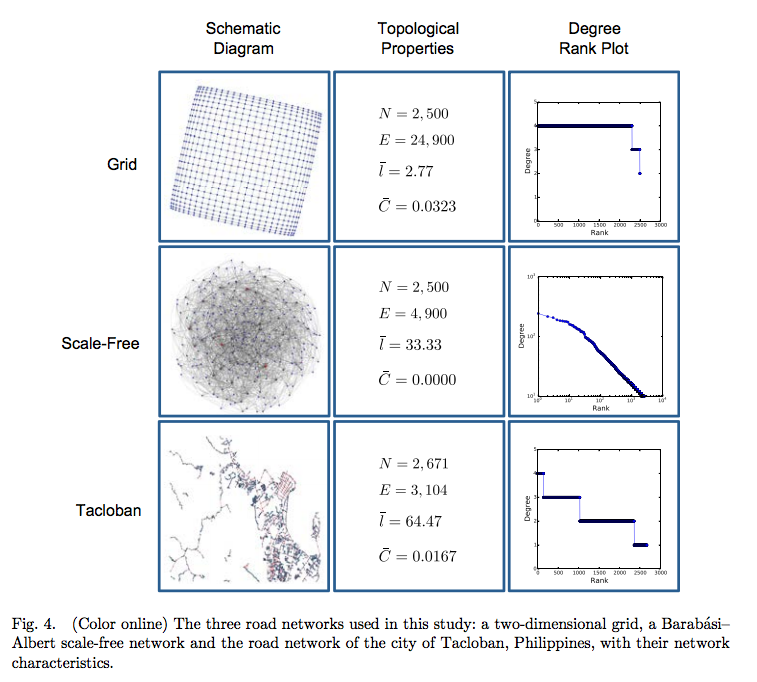PARADIGMS FOR CONTROL IN SOCIAL SYSTEMS
@ International Conference on Computational Science (ICCS) 2015
Jun 1-3 2015
Reykjavík, Iceland
http://networkdynamics.org/events/iccs2015_control/http://networkdynamics.org/events/iccs2015_control/
While the control of complex networks has recently emerged as an active area of research, the notion of control remains relatively undefined for social and economic systems. For example, what does it mean to control a co-purchase network, a web of trust, or an interbanking loan system? In this workshop, we invite researchers to explore what control means in such inherently social systems and how these notions of control can either be quantitatively modeled using existing techniques or necessitate the development of new modeling approaches.
We seek original submissions aimed at exploring challenges in the control of social systems, including:
* Case studies of control in social systems
* Formalizing objectives in social systems as control problems
* Models of dynamics and control in social systems
* Relationships between control mechanisms from different social systems
The organizers hope to engage a broad group of researchers to nucleate a discussion on understanding control in the context of social, economic, and business systems. Papers should be original, but can take the form of mini-survey papers or position papers on these topics. Travel support is available for some selected papers.
We aim to make this workshop hands on, with breakout sessions to delve into specific research questions and agendas.
Accepted papers will be included in the open-access Procedia Computer Science series.
Submission Instructions
Papers are limited to 10 pages with a deadline of January 22, 2015.
Submissions will be made through the ICCS 2015 EasyChair system.
 CFP_ParadigmsSocialControl-1.pdf
CFP_ParadigmsSocialControl-1.pdf






 A study from Queensland University of Technology in Australia, examining more than 3,000 One-Day International matches from 1971-2014, found that cricket batsmen who were close to reaching personal milestones were less likely to be dismissed by their captain. That is, if a cricket captain is thinking about possibly declaring (ending his team’s batting to avoid a draw if time expires), he may decide to wait a bit more if one of the batsmen is close to a landmark (scoring 50, 100 or 200). For instance, if a batsman has a score of 90, not declaring will provide the chance for this batsman to score a “century,” but also wastes time if his team is sufficiently ahead in runs. This strategy at first sight, seems detrimental to the team because the decision to declare an innings should be entirely determined by the team’s overall score or the field conditions, not by its individual batsmen’s score. However, the authors suggest that this balance by captains could be done as a form of social-exchange, where the captain hopes the risk in allowing a player to reach a strictly personal goal is repaid by a higher level of overall performance by not only that player, but other players in the team who appreciate the captain’s gesture. This research highlights the complexities of how leaders must manage both an individual’s and the team’s goals, and how the two may interact to influence team performance.
A study from Queensland University of Technology in Australia, examining more than 3,000 One-Day International matches from 1971-2014, found that cricket batsmen who were close to reaching personal milestones were less likely to be dismissed by their captain. That is, if a cricket captain is thinking about possibly declaring (ending his team’s batting to avoid a draw if time expires), he may decide to wait a bit more if one of the batsmen is close to a landmark (scoring 50, 100 or 200). For instance, if a batsman has a score of 90, not declaring will provide the chance for this batsman to score a “century,” but also wastes time if his team is sufficiently ahead in runs. This strategy at first sight, seems detrimental to the team because the decision to declare an innings should be entirely determined by the team’s overall score or the field conditions, not by its individual batsmen’s score. However, the authors suggest that this balance by captains could be done as a form of social-exchange, where the captain hopes the risk in allowing a player to reach a strictly personal goal is repaid by a higher level of overall performance by not only that player, but other players in the team who appreciate the captain’s gesture. This research highlights the complexities of how leaders must manage both an individual’s and the team’s goals, and how the two may interact to influence team performance.
 “The world is going to teamwork. In the 1950s, about half of our work was done in teams. Today, by one measure, it’s more like 90 percent. Maybe it’s at the office. Maybe it’s on Google Hangout. Maybe it’s at the PTA. But what makes a good team? A smart team? It’s not just a bunch of smart people, says a big new study. It’s a crew that shares the floor, the talking time, it claims. It’s a team that has high social sensitivity. And it’s often, it says, a team with more women. We need a cultural revolution, they say, to optimize our teams. This hour On Point: Are you onboard? We’re talking teamwork.” -Tom Ashbrook
“The world is going to teamwork. In the 1950s, about half of our work was done in teams. Today, by one measure, it’s more like 90 percent. Maybe it’s at the office. Maybe it’s on Google Hangout. Maybe it’s at the PTA. But what makes a good team? A smart team? It’s not just a bunch of smart people, says a big new study. It’s a crew that shares the floor, the talking time, it claims. It’s a team that has high social sensitivity. And it’s often, it says, a team with more women. We need a cultural revolution, they say, to optimize our teams. This hour On Point: Are you onboard? We’re talking teamwork.” -Tom Ashbrook

 Cuba has been in the headlines recently with the president Obama’s decision to lift the 55-year-long trade embargo on the country.
Cuba has been in the headlines recently with the president Obama’s decision to lift the 55-year-long trade embargo on the country.